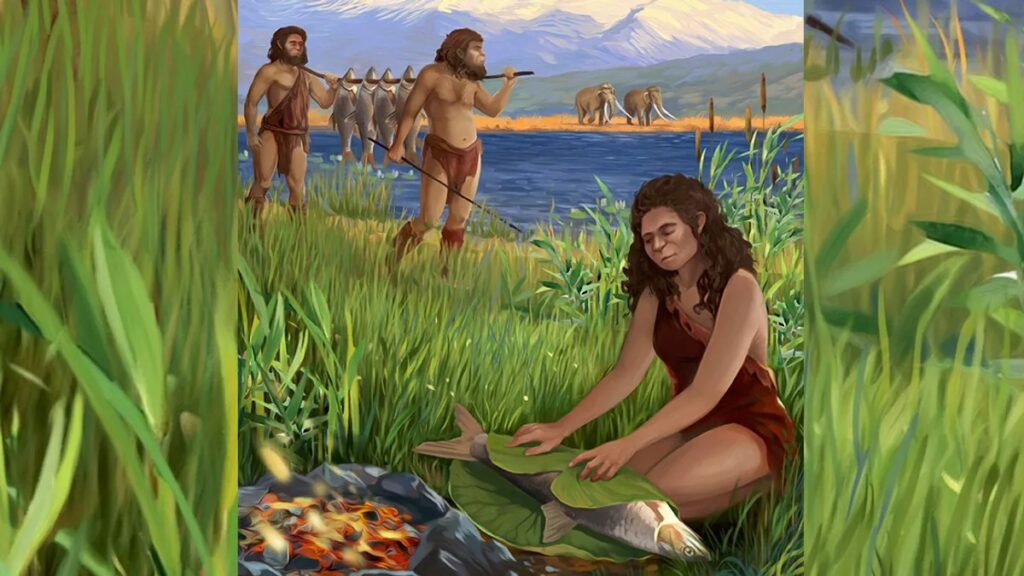
The gigantic carp wasn’t cooked over an open flame, and may have been carefully baked in an earthen oven.
In a groundbreaking archaeological discovery, researchers in Israel have uncovered evidence of what may be the earliest instance of humans cooking with fire, predating previous estimates by over 600,000 years. The remarkable find revolves around the remains of a colossal extinct carp, suggesting that this creature was carefully baked at a low-to-moderate heat approximately 780,000 years ago.
The mastery of fire is considered a pivotal milestone in human evolution, providing our ancient ancestors with the ability to cook and digest food more efficiently. This newfound evidence challenges existing timelines, pushing back the earliest use of fire for culinary purposes by a significant margin. The study authors assert that the cooking of fish, in particular, could have played a crucial role in facilitating brain growth and intellectual development in early hominid species, setting the stage for the cognitive capabilities and culinary skills we possess today.

“While some evidence exists to suggest that Homo erectus may have figured out how to use fire by 1.7 million years ago, it’s unclear if they utilized it for food preparation,” the researchers note. Until now, direct evidence of cooking fires had been attributed to Neanderthals and modern humans around 170,000 years ago.
The revelation comes from the analysis of carp teeth discovered in sediment layers dating back to 780,000 years ago at the Gesher Benot Ya’aqov (GBY) archaeological site. Using X-ray powder diffraction to examine enamel crystal size and structure, the researchers determined that the teeth had been exposed to controlled temperatures of less than 500°C (932°F), indicative of a cooking process.

The absence of preserved cooking apparatus at the site presented a challenge, but the researchers suggest that the ancient inhabitants might have employed an earth oven to carefully bake the fish at temperatures conducive to their culinary needs.
Dr Irit Zohar and Dr Marion Prevost, the study authors, highlighted the significance of these findings. They emphasized that the large quantity of fish remains at the site indicates frequent consumption by early humans who had developed specialized cooking techniques. The researchers stress the importance of freshwater habitats and the fish they contained in sustaining prehistoric communities. Additionally, the discovery underscores early humans’ ability to control fire for culinary purposes and their understanding of the benefits of cooking fish before consumption.

This ancient culinary innovation adds a new layer to our understanding of early human lifestyles, showcasing their resourcefulness and adaptability in utilizing fire for more than just warmth and protection. As the study prompts a reevaluation of timelines and practices, it provides a fascinating glimpse into the evolving relationship between humans, fire, and the art of cooking throughout our deep-rooted history.

Leave a Reply